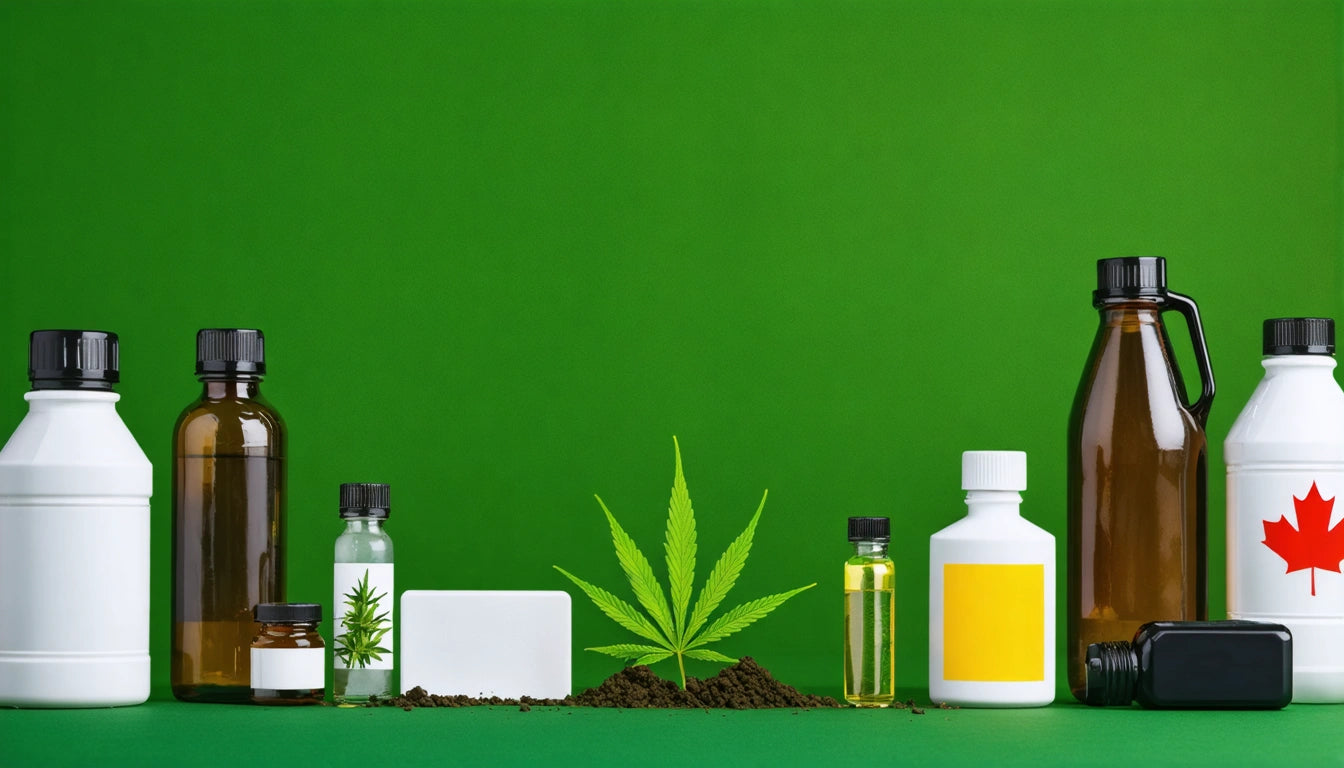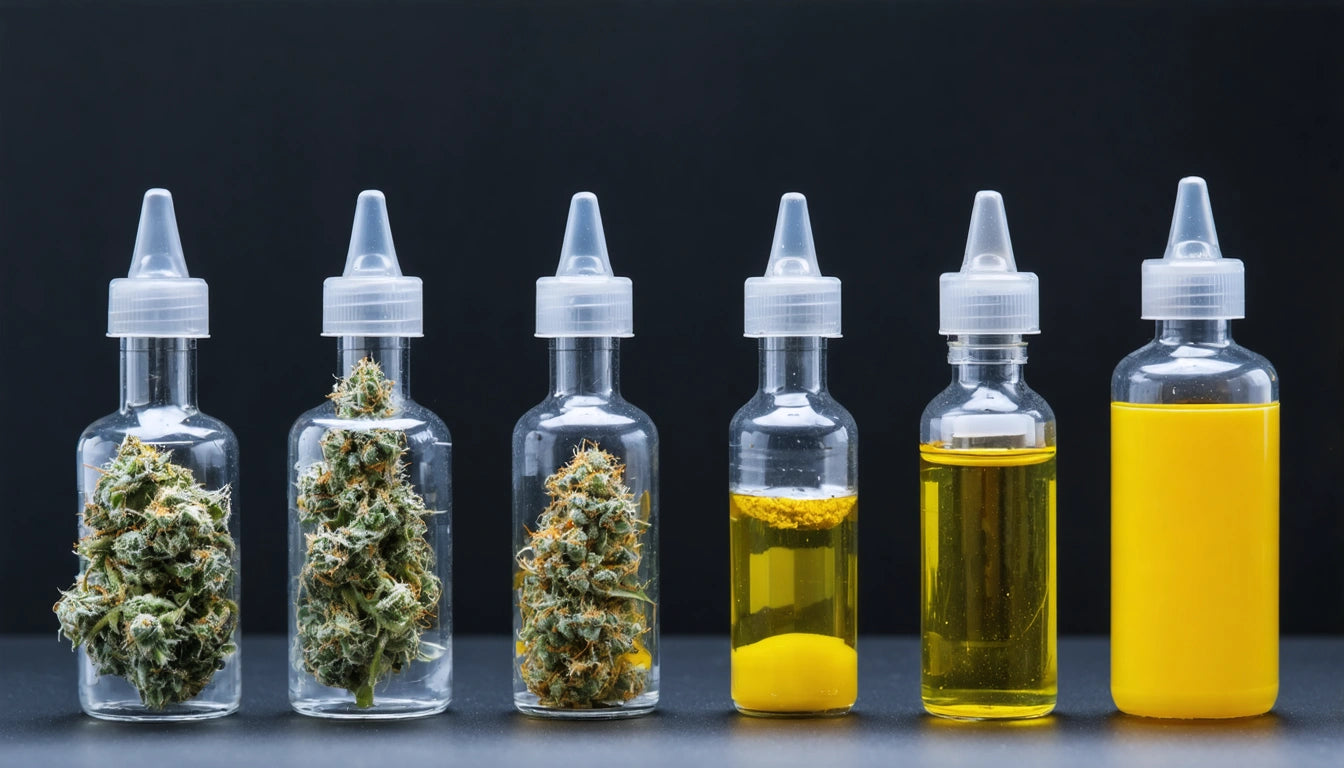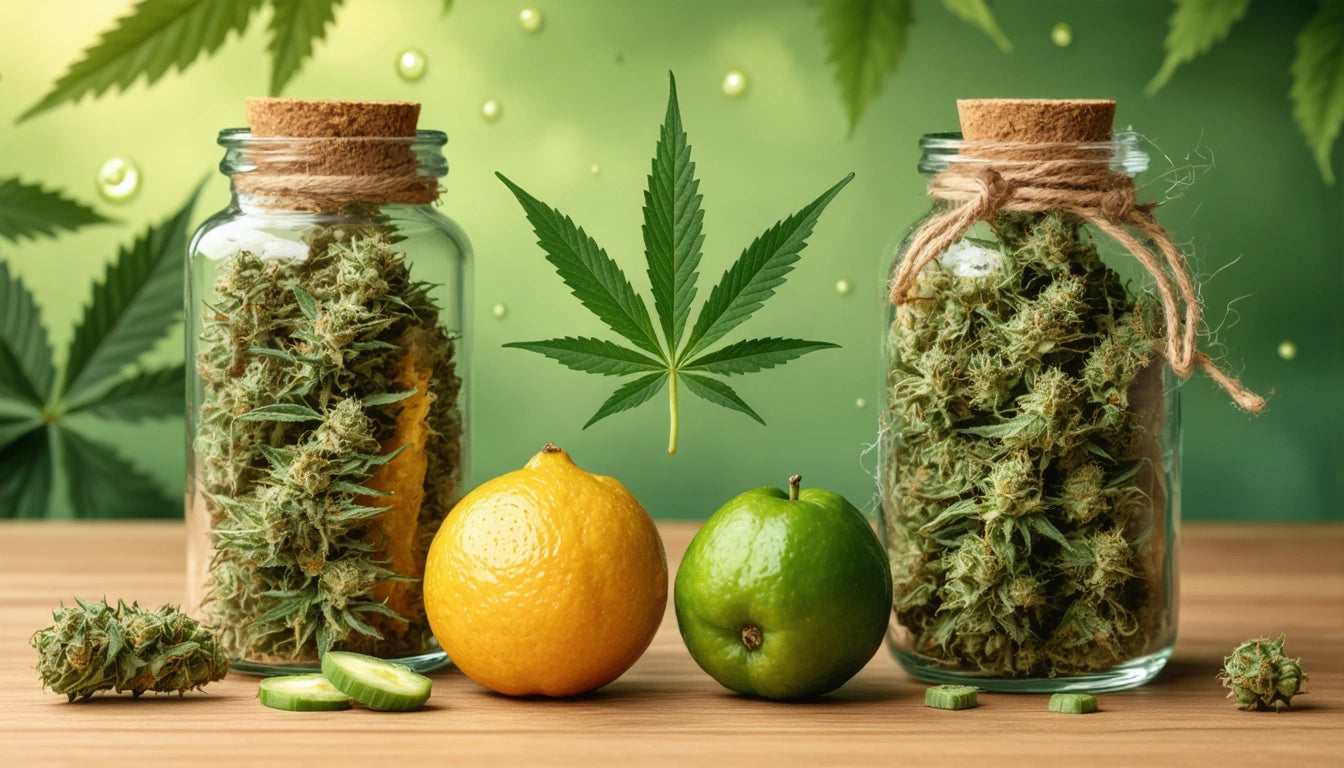Table of Contents
Child-resistant packaging represents one of the most critical compliance areas for cannabis businesses operating in North America. Both the United States and Canada maintain strict standards to prevent accidental consumption by children, but their approaches differ in important ways. Understanding these differences is essential for brands operating across borders or planning expansion.
Foundations of Child-Resistant Packaging
Child-resistant packaging is designed to be significantly difficult for children under five to open but reasonably accessible for adults. Both countries base their requirements on similar principles but implement them through different regulatory frameworks.
The core purpose remains consistent: preventing accidental ingestion of cannabis products by children while maintaining accessibility for the intended adult users, particularly those with physical limitations.
U.S. Child-Resistant Standards
Federal Framework
In the United States, child-resistant standards primarily follow the Consumer Product Safety Commission's (CPSC) protocols under the Poison Prevention Packaging Act (PPPA). The standard testing procedure, known as 16 CFR 1700.20, requires that:
- 80% of children under 5 years cannot open the package within 10 minutes
- 90% of adults between 50-70 years can open the package within 5 minutes
However, since cannabis remains federally illegal, implementation varies significantly by state. As detailed in the overview of U.S. cannabis packaging regulations, each state establishes its own specific requirements.
State-Level Variations
State requirements often exceed federal standards. For example, California requires child-resistant packaging for all cannabis products, while Colorado has product-specific requirements based on potency and form factor. Some states require child-resistant packaging only at the point of sale, while others mandate it throughout the supply chain.
These variations create compliance challenges for multi-state operators who must adapt their packaging strategies for each market they enter.
Canadian Child-Resistant Requirements
Canada's federally legal cannabis market operates under the Cannabis Act and Cannabis Regulations, creating a more standardized national approach to child-resistant packaging.
Health Canada Requirements
Canadian standards are based on ISO 8317 (for reclosable packages) and EN 862 (for non-reclosable packages). Under these regulations:
- All cannabis products must be packaged in child-resistant packaging
- Packaging must be tamper-evident
- Packaging must prevent contamination and keep the product dry
The Canadian cannabis packaging rules are more uniform nationally but include additional provincial restrictions that affect labeling and retail presentation.
Key Differences Between Countries
The primary distinctions between U.S. and Canadian child-resistant standards include:
Testing Methodology
The U.S. uses the CPSC protocol with specific success percentages, while Canada follows ISO standards that may have slightly different testing parameters. This creates situations where packaging certified in one country might not automatically meet standards in the other.
Scope of Requirements
Canada requires child-resistant packaging for all cannabis products uniformly. In contrast, U.S. requirements vary by state and product type, with some states allowing exceptions for certain low-risk products or single-use packages.
According to cross-border packaging compliance guidelines, these differences require careful navigation for brands selling in both markets.
Testing Protocols and Certification
Obtaining proper certification is critical for compliance in both countries. Brands must work with accredited testing facilities to verify their packaging meets applicable standards.
U.S. Certification Process
In the U.S., packages must be tested by labs that follow the CPSC protocol. Documentation typically includes:
- Test reports showing compliance with 16 CFR 1700.20
- Certification statements from the testing facility
- Documentation of the specific opening/closing mechanisms
Canadian Certification Process
Canadian certification requires:
- ISO 8317 or EN 862 test reports from accredited laboratories
- Documentation confirming tamper-evidence features
- Proof that packaging maintains product integrity
When preparing for regulatory inspections, companies should maintain comprehensive documentation as outlined in how to prepare for packaging audits.
Operational Impacts on Cannabis Businesses
Complying with child-resistant standards affects multiple aspects of cannabis operations:
Production Line Considerations
Child-resistant mechanisms often require specialized equipment for efficient filling and sealing. Many producers invest in automated filling systems to maintain consistent closure of child-resistant containers while improving production efficiency.
Cost Implications
Child-resistant packaging typically costs 20-40% more than standard packaging. This premium affects product pricing and margins, particularly for smaller operators. Companies must balance compliance with economic viability.
As noted in common compliance mistakes, underestimating these costs can lead to significant business challenges.
Adapting to Cross-Border Compliance
For companies operating in both markets, several strategies can help navigate the different standards:
- Design packaging that meets the stricter of the two countries' standards
- Develop market-specific packaging variants when necessary
- Establish relationships with testing facilities in both countries
- Implement compliance tracking systems to monitor regulatory changes
Staying ahead of regulatory changes is essential, as both countries continue to refine their approaches to child-resistant packaging. Regular monitoring of key changes in packaging laws helps businesses adapt proactively rather than reactively.
By understanding the nuanced differences between U.S. and Canadian child-resistant standards, cannabis businesses can develop compliance strategies that protect both consumers and their bottom line while avoiding costly regulatory penalties.











Leave a comment
All comments are moderated before being published.
This site is protected by hCaptcha and the hCaptcha Privacy Policy and Terms of Service apply.